How To Use Sekonic Light Meter
How To Utilise A Calorie-free Meter: Overview

Last week nosotros covered why a low-cal meter is nonetheless crucial in today'due south digital marketplace. This calendar week we give y'all a video tutorial I created a few years ago that is still relevant today. (In fact, the Sekonic L758 Cine light meter is still my master meter on-prepare! And as for value, the toll to buy this light meter new has been steady for the past iv years (2011 to 2015), demonstrating its quality and value.
During the offset few minutes of this video I quickly recap everything I discussed last week almost why a light meter is a necessary tool for any cinematographer. And then I spend the residue of the video covering when to employ an incident meter and when a spot meter is more appropriate. Then it'due south demonstration fourth dimension, using the meter in dissimilar means to properly expose a white plate against a black background. Finally, I give you some tips and tricks on how to quickly determine the lighting ratios and range of your scene. Below are some of the tips in the video, along with a few more.
(While this video only covers the Sekonic 758 Cine light meter, many of these techniques can easily be applied to other meters. Even if you are on a budget, outset using any low-cal meter you tin can go your hands on and grow from there; I did!)
Sekonic L-758 Cinematics Tips:
Tip #one: Highlight Priority Mode (Shown in video)
Speedily and easily determine what your aperture based off of import highlight in the scene. When you expose at this value, the metered highlight will retain detail. Couldn't be simpler!
How to do it:
ane. Set up the Custom Setting #one value to 1. This will make the ISO 2 button exist a filter factor push. (With the meter off, press the MODE push while turning on the meter. "CS" will display in the upper correct corner to permit you lot know that you are now in the custom settings mode.) Power off the meter, and so turn it back on.
2. Determine the EV for when you lot are over-exposing your recording medium. (Measuring the EV from midtone to highlight.) The Sekonic Profile Chart II is a bang-up tool for this.
3. With the meter fix to the correct photographic camera profile, press the ISO 2 button and rotate the jog bike to the right EV setting based off of step two.
iv. Take a spot reading of what you want to place at the elevation of the histogram / shoulder. This will be your brightest highlight.
five. Press and hold ISO 2. The effect is a midtone reading that keeps your highlight at the meridian without clipping.
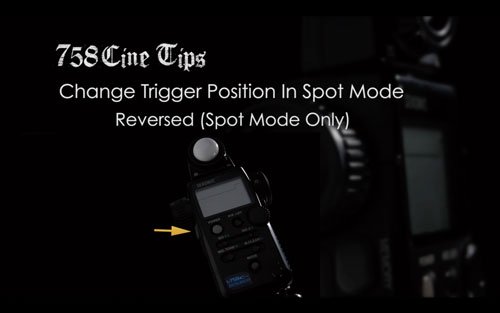
Tip #ii: Change Trigger Position In Spot Mode (Shown in video)
Take readings more than ergonomically when in the spot style of the 758 Cine. Has the added benefit of keeping you from mistakenly taking a false reading when in Incident Mode. (If the button stays the same in both modes and the meter is left in Spot Mode, you lot could potentially take a reading thinking you are using the incident meter, but instead getting a spot meter reading; that reading is going to be very VERY incorrect!)
How to practice it:
i. Starting time with the meter off and press the Manner button while turning the meter on. "CS" will display in the upper right corner showing you are now in the Custom Settings Mode.
two. Use the jog cycle to motility to Setting #17. (This is the smaller of the two numbers in the center of the screen.)
3. Now press the MODE button until #2 is displayed. (This is the larger of the ii numbers in the center of the screen.)
iv. Press the POWER button to turn the meter off.

Tip #3: Determining Dissimilarity Ratios (Shown in video)
Speedily and easily make up one's mind the contrast ratio of important lights, having the meter doing all the math (No need to recollect that T2.8 is iii EV away from T8, which gives yous a ratio of 8:ane.)
Hither is how you exercise it:
ane. Using the incident mode take a reading of only the key light.
2. Press the AVE/EV button.
three. Now take a reading of whatsoever other low-cal / area (The Fill up light, for example).
4. The meter volition now brandish the contrast ratio of the 2 lights.
*Boosted suggestion: Make a label for the back of the meter that has the EV to Ratio conversions on information technology. Now you never have to recall an additional set of numbers. (EV 1 = ii:1 / EV 2 = 4:1 / EV three = 8:i / EV 4 = 16:i)
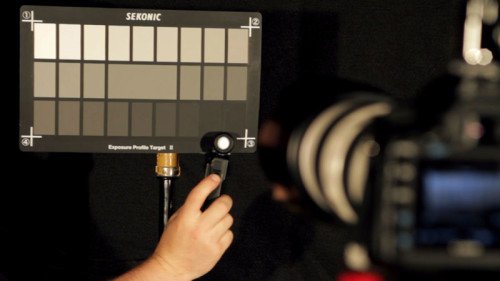
Tip #4: Determining the Dynamic Range of a Scene
Every bit dynamic range with digital cameras is continually getting broader, I don't use this characteristic equally frequently as I used to. However it is VERY useful for times I'm shooting in a format with limited dynamic range. This is a quick and elementary way to decide the range of a scene so you lot tin can make any necessary adjustments.
How to do it:
ane. In spot meter mode accept a reading of the darkest area of the scene.
2. Press the AVE/EV push button.
3. Next take a reading of the brightest area of the scene.
4. The meter volition now display the total range of the scene.
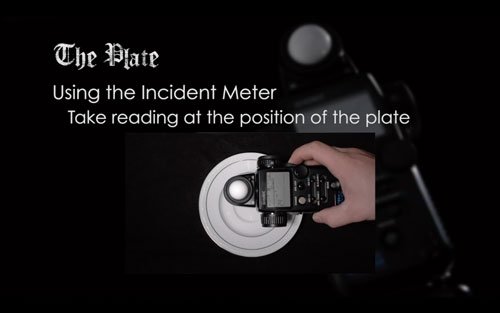
Tip #five: Finding the Midtone Value of a Scene
If y'all can't place a gray card in the fundamental light, you can't use your incident meter, and there isn't annihilation in the scene that you recognize as midtone value, there is still a way to get your readings! This is a quick and easy way to determine your aperture in hard situations. (I could take also used this tip in the Plate instance I gave in the video.)
How to practice it:
one. In spot meter mode take a reading of the darkest expanse of the scene, so press the memory button.
2. Next take a reading of the lightest area of the scene and so press the retentiveness push.
three. Printing the AVE/EV push button.
4. The meter will now display the midtone value.
*Boosted Suggestion: Even so use this tip even when you are not stuck in a tough situation. This volition railroad train your eye to recognize what midtone is in every mean solar day scenes.
Equipment used to make this video:
Until Next Time – Get Out There And Shoot!
Ryan E. Walters, Cinematographer

Your Guide To High Speed, Part 4: Mutual Lighting Problems
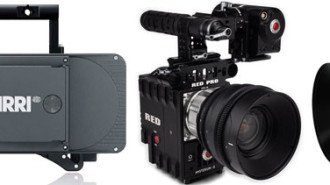
The Trouble With The Digital Photographic camera Look & My Solutions To Correcting It

How To Utilise A Light Meter: Overview
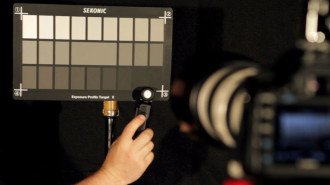
Why Use A Light Meter In The Digital Video Age?

Iii Lighting Tips For Your Next Action Film

Lighting For Extreme Frame Rates (Cinematic Lighting Lesson 21)
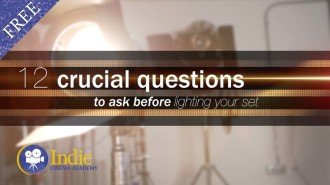
12 Crucial Questions To Ask Before Yous Light Your Set (Cinematic Lighting Lesson 15)
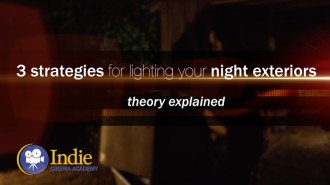
3 Strategies for Lighting Your Night Exteriors (Cinematic Lighting Lesson 14)
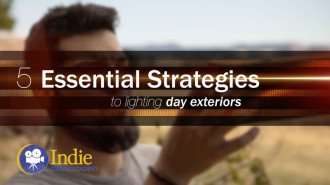
5 Essential Strategies To Lighting Solar day Exteriors (Cinematic Lighting Lesson 12)
How To Use Sekonic Light Meter,
Source: https://indiecinemaacademy.com/how-to-use-a-light-meter-overview/
Posted by: mcglonelibse1995.blogspot.com


0 Response to "How To Use Sekonic Light Meter"
Post a Comment